 Humans are emotional creatures. Our emotions drive our purchasing decisions, which is why the majority of our posts focus on the fact that effective marketing makes us feel rather than think. The first impression a visitor receives from a landing page has huge consequences on the purchasing habits of our customers. If we manage to trigger specific emotions in our customers prior to the purchase we can increase revenues dramatically.
Humans are emotional creatures. Our emotions drive our purchasing decisions, which is why the majority of our posts focus on the fact that effective marketing makes us feel rather than think. The first impression a visitor receives from a landing page has huge consequences on the purchasing habits of our customers. If we manage to trigger specific emotions in our customers prior to the purchase we can increase revenues dramatically.
The 10 psychological triggers listed below are just the tip of the iceberg to what can be done with psychological triggers. Boost your conversion rates, lower buying resistance, and increase the value of every visitor that comes to your website with these psychological triggers.
1. Authority
“The simple truth is, if you aren’t deliberately, systematically, methodically – or rapidly and dramatically – establishing yourself as a celebrity, at least to your clientele or target market, you’re asleep at the wheel, ignoring what is fueling the entire economy around you, neglecting development of a measurably valuable asset.” These are the words of Dan S. Kennedy, the godfather of Direct Marketing. Humans will inherently trust figures of authority. This is why celebrity and expert endorsements are used to promote products.
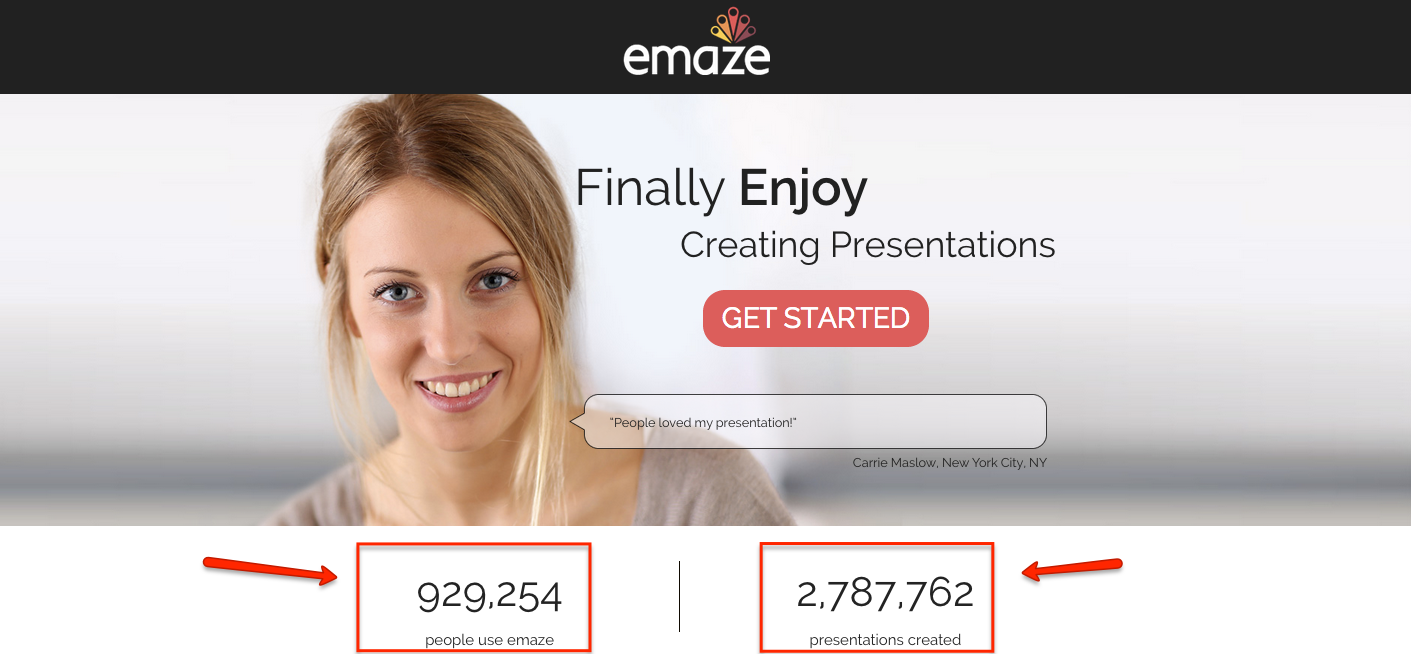
Actionable Takeaway
Online there are other ways to establish authority and a sense of security by using specific icons on your website that show your are trustworthy and dependable. The amount of customers/ users, your client’s logos, your partners’ or even your mentions in known magazines and newspapers will establish your credibility and authority.

2. Anchoring
In 1974, cognitive psychologists Daniel Kahneman and Amos Tversky identified what has become known as the “anchoring heuristic.” A heurist, also known as a cognitive bias, is a mental short cut that we use to simplify a complex problem. We tend to rely the first piece of information we receive more heavily than subsequent information in order to make a decision. Once an anchor is placed, decisions are made around the anchor. In the past we wrote an extensive article on Anchoring and its different uses in marketing.
Actionable Takeaway
Proper use of anchoring can have major implications to pricing and discounting. In a study of discounting in supermarkets, it was found that multiple unit pricing increased sales. In the study, one ad stated, “4 Rolls of Bathroom Tissue for $2” vs. “On Sale, $.50/roll.” The first ad performed much better, 40% better to be exact. Our brains use the number four as the anchor and apply greater value.
There are other great ways to using anchoring, for higher conversion rates- on pricing pages (having one price dramatically higher than the other), using the “sale” sign on particular products and even more efficient setting a “cap” on the amount of products one can purchase.
3. Social Proof
When other people see someone like themselves purchasing a product or service it has a positive influence on their purchasing habits. From a marketing perspective, social proof is seeing someone like you utilizing, and enjoying, a product or service that makes you feel you want to too. If a consumer feels like their peers approve of a product or service, they will have more trust and feel a desire to approve as well.
Actionable Takeaway
Create social proof on your landing pages by adding things like customer reviews and testimonials. Make sure to place the testimonials strategically where users can easily read them. If you can, try and include a head-shot or image of the person who gave the testimonial.
With Smilebox’s landing page we used several quotes and testimonials from customers to increase social proof.
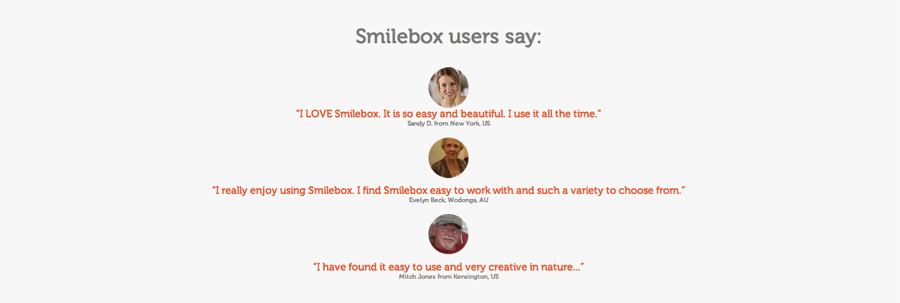
4. Loss Aversion
Imagine you are in the office and you overhear your boss saying he wants to give you a raise of $400/month.
Now imagine another scenario…Imagine you are making a coffee when you hear your boss talking to HR about cutting your salary down by $400/month?
Research shows that the feeling of losing and gaining the same amount are vastly different. People would rather choose not to lose something over gaining the same thing. Our brains are wired to feel a much stronger reaction to loss than to gain. This psychological trait is known as loss aversion.
Actionable Takeaway:
To utilize this trait craft your marketing message should talk of what your prospect might lose if they don’t buy something rather than what they would gain if they did buy. Take a look at the Dollar Shave clubs ad. Instead of saying “Save $xx per month,” their ad states “stop over paying on Blades.”

5. Foot-in-the-door
The foot in the door technic is the tactic of getting a person to agree a minor request (like purchasing a product) by having that person agree to a smaller request (signing up for example) earlier on. Humans are social creatures and we are always looking to form new connections. Once a new social connection has been created we have a compulsion to continue the bond, even if we don’t realize that we have made one. This is why we are more likely to honor a request if we have already said yes to a smaller one.
Actionable Takeaway
Creating a bond and an ongoing relationship is key to success. Email marketing is a great way for nurturing quality sales via email. By being top of mind with our prospects and establishing an ongoing relationship they will be more likely to buy from us in the future.
A great example of this method is an offline one, when a child turns to their parents: “Can I go over to John’s?” and then later add, “Can I stay over night?”.
In 1993 Taylor, T., & Booth-Butterfield ran an interesting experiment to reduce drunk driving. One group of drivers was first asked to sign a petition against drunk driving while the other, wasn’t. Then later on both groups were asked to get a taxi if they had drunk and the group who had been asked to sign the petition earlier on was much more likely to compile with this request.
6. Scarcity
Maslow’s pyramid of hierarchy demonstrates the basics needs of our customers. Feeling deprived of our basic needs like love, food, money, or time can lead to anxiety and fear. We have a natural inclination to become fearful and anxious when there is a threat of scarcity. This sense of anxiety from scarcity interferes with motivation and causes us to become more vulnerable to temptation and impulse.
Actionable Takeaway
We can use scarcity in marketing to leverage the fear of a shortage to sell more. Limited time offers and time sensitive discounts use the fear of scarcity to get people to act. Scarcity can also be used to increase the perceived value of a product. The fear that there is a limited supply of something can make a customer purchase quicker and with less thought.
7. Community
We have an inherit need to be a part of a social community. Being part of a community makes us feel more comfortable and inspires us to take action to achieve our desired results. Being around people who share our goals or care about our progress makes us feel more secure.
Actionable Takeaway
When you sell something to a customer make them feel like they are now part of something bigger, or part of a community. Starbucks does a great job of this with the Product Idea section of their website. Users can post ideas for new products and others can comment, vote, and share the ideas. Creating a community can help lead to loyalty and following for your brand.
LookHuman sends fantastic emails building their community and sharing “the love”.
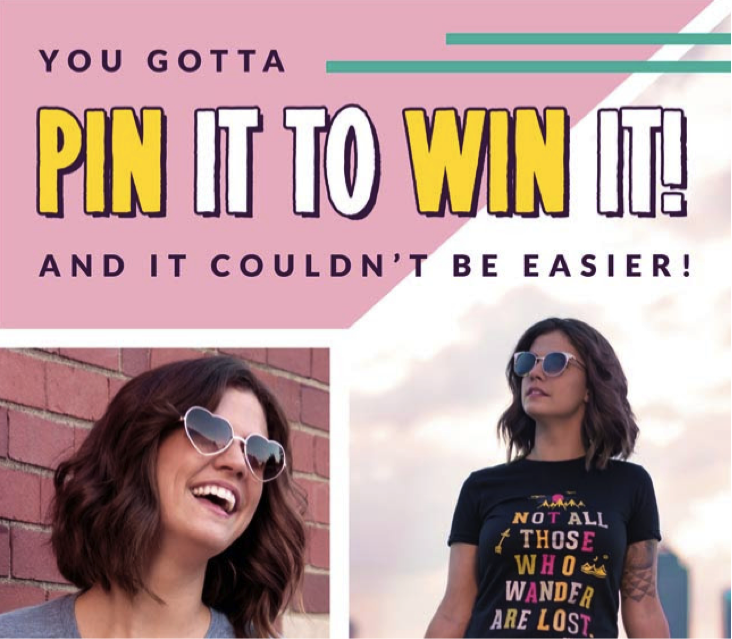
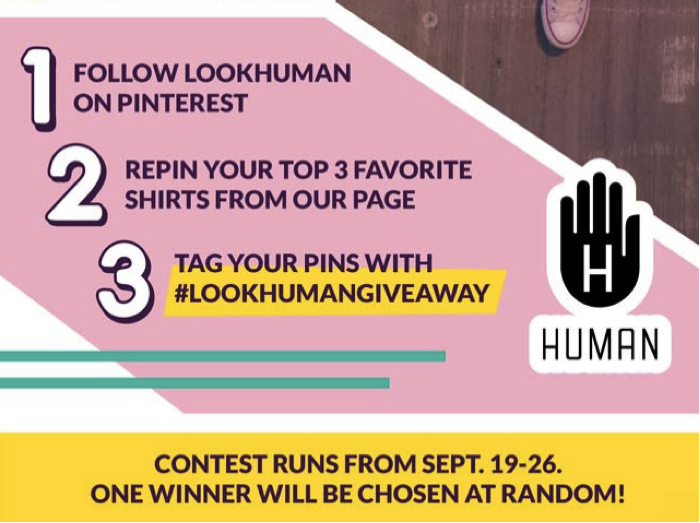
8. Anticipation
Every time Apple launches a new product there is a line around the block. They achieve this by building anticipation around their product launches. Anticipation, or looking forward to something, is a key stage in happiness. Anticipation requires the something to anticipate, and the mindfulness to do the anticipating.
Actionable Takeaway
A known tactic that many retailers use on their sites is “end of the month sales”, throughout the month subscribers get emails reminding them that the big sale will be coming very shortly and create a huge anticipation by customers. In addition to getting people excited about their sale, they’re also growing their subscribers database and getting more people on board.
9. Freedom
Freedom is deeply embedded into all of us, and one of the most powerful motivators. Teachers have found that by giving students greater control over their decisions they behave better, and happily engage in learning. Some companies are even learning to incentivize employees with more flexible work schedules in lieu of raises.
Actionable Takeaway
Position your brand as an aid to a life of greater autonomy in a particular area of life. Start with understanding your customers’ limitations, time constraints, frustrations, aspirations and desires, it’s not about the pricing. Then explore ways you can become an ally in their pursuit of freedom. Very few things can drive conversion further or faster than the promise of greater of freedom.
10. Controversy
Too much controversy can push people away, but small amounts have a tendency to draw people in. Jonah Berger, the best selling author of Contagious, found that “controversy increases likelihood of discussion at low levels, but beyond a moderate level of controversy, additional controversy actually decreases the likelihood of discussion.” Mild controversy can inspire curiosity, but it can also create anger. Stirring anger is one of the most effective ways to inspire viral content.
Actionable Takeaway
Think about your audience and their beliefs. Can you align with their beliefs, or challenge them in order to stir emotion? It’s important to be careful with this one and avoid areas that could stir a negative move. However doing this right can have a huge impact on your marketing. I think ManPacks does a great job in stirring controversy and curiosity it their landing pages. I’ve mentioned them in a few articles before, mainly for their brave headlines and emotional triggers but their design can be remarkable to:
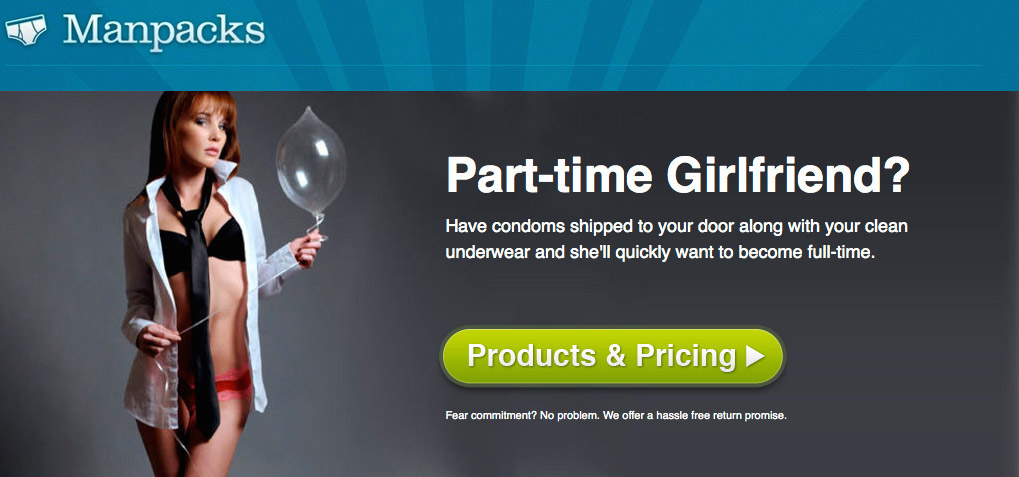
By tapping into the psychology of our customers and prospects we can stir emotion and inspire them to take our desired action. What are some other psychological triggers you use in your marketing? Post in the comments.
10 Psychological Triggers To Boost Revenues 4.80/5 (96.00%) 15 votes
Related Posts


10 Psychological Triggers To Boost Revenues
The 10 psychological triggers listed below are just the tip of the iceberg to what can be done with psychological triggers. Boost your conversion rates, lower buying resistance, and increase the value of every visitor that comes to your website with these psychological triggers.
1. Authority
“The simple truth is, if you aren’t deliberately, systematically, methodically – or rapidly and dramatically – establishing yourself as a celebrity, at least to your clientele or target market, you’re asleep at the wheel, ignoring what is fueling the entire economy around you, neglecting development of a measurably valuable asset.” These are the words of Dan S. Kennedy, the godfather of Direct Marketing. Humans will inherently trust figures of authority. This is why celebrity and expert endorsements are used to promote products.
Actionable Takeaway
Online there are other ways to establish authority and a sense of security by using specific icons on your website that show your are trustworthy and dependable. The amount of customers/ users, your client’s logos, your partners’ or even your mentions in known magazines and newspapers will establish your credibility and authority.
2. Anchoring
In 1974, cognitive psychologists Daniel Kahneman and Amos Tversky identified what has become known as the “anchoring heuristic.” A heurist, also known as a cognitive bias, is a mental short cut that we use to simplify a complex problem. We tend to rely the first piece of information we receive more heavily than subsequent information in order to make a decision. Once an anchor is placed, decisions are made around the anchor. In the past we wrote an extensive article on Anchoring and its different uses in marketing.
Actionable Takeaway
Proper use of anchoring can have major implications to pricing and discounting. In a study of discounting in supermarkets, it was found that multiple unit pricing increased sales. In the study, one ad stated, “4 Rolls of Bathroom Tissue for $2” vs. “On Sale, $.50/roll.” The first ad performed much better, 40% better to be exact. Our brains use the number four as the anchor and apply greater value.
There are other great ways to using anchoring, for higher conversion rates- on pricing pages (having one price dramatically higher than the other), using the “sale” sign on particular products and even more efficient setting a “cap” on the amount of products one can purchase.
3. Social Proof
When other people see someone like themselves purchasing a product or service it has a positive influence on their purchasing habits. From a marketing perspective, social proof is seeing someone like you utilizing, and enjoying, a product or service that makes you feel you want to too. If a consumer feels like their peers approve of a product or service, they will have more trust and feel a desire to approve as well.
Actionable Takeaway
Create social proof on your landing pages by adding things like customer reviews and testimonials. Make sure to place the testimonials strategically where users can easily read them. If you can, try and include a head-shot or image of the person who gave the testimonial.
With Smilebox’s landing page we used several quotes and testimonials from customers to increase social proof.
4. Loss Aversion
Imagine you are in the office and you overhear your boss saying he wants to give you a raise of $400/month.
Now imagine another scenario…Imagine you are making a coffee when you hear your boss talking to HR about cutting your salary down by $400/month?
Research shows that the feeling of losing and gaining the same amount are vastly different. People would rather choose not to lose something over gaining the same thing. Our brains are wired to feel a much stronger reaction to loss than to gain. This psychological trait is known as loss aversion.
Actionable Takeaway:
To utilize this trait craft your marketing message should talk of what your prospect might lose if they don’t buy something rather than what they would gain if they did buy. Take a look at the Dollar Shave clubs ad. Instead of saying “Save $xx per month,” their ad states “stop over paying on Blades.”
5. Foot-in-the-door
The foot in the door technic is the tactic of getting a person to agree a minor request (like purchasing a product) by having that person agree to a smaller request (signing up for example) earlier on. Humans are social creatures and we are always looking to form new connections. Once a new social connection has been created we have a compulsion to continue the bond, even if we don’t realize that we have made one. This is why we are more likely to honor a request if we have already said yes to a smaller one.
Actionable Takeaway
Creating a bond and an ongoing relationship is key to success. Email marketing is a great way for nurturing quality sales via email. By being top of mind with our prospects and establishing an ongoing relationship they will be more likely to buy from us in the future.
A great example of this method is an offline one, when a child turns to their parents: “Can I go over to John’s?” and then later add, “Can I stay over night?”.
In 1993 Taylor, T., & Booth-Butterfield ran an interesting experiment to reduce drunk driving. One group of drivers was first asked to sign a petition against drunk driving while the other, wasn’t. Then later on both groups were asked to get a taxi if they had drunk and the group who had been asked to sign the petition earlier on was much more likely to compile with this request.
6. Scarcity
Maslow’s pyramid of hierarchy demonstrates the basics needs of our customers. Feeling deprived of our basic needs like love, food, money, or time can lead to anxiety and fear. We have a natural inclination to become fearful and anxious when there is a threat of scarcity. This sense of anxiety from scarcity interferes with motivation and causes us to become more vulnerable to temptation and impulse.
Actionable Takeaway
We can use scarcity in marketing to leverage the fear of a shortage to sell more. Limited time offers and time sensitive discounts use the fear of scarcity to get people to act. Scarcity can also be used to increase the perceived value of a product. The fear that there is a limited supply of something can make a customer purchase quicker and with less thought.
7. Community
We have an inherit need to be a part of a social community. Being part of a community makes us feel more comfortable and inspires us to take action to achieve our desired results. Being around people who share our goals or care about our progress makes us feel more secure.
Actionable Takeaway
When you sell something to a customer make them feel like they are now part of something bigger, or part of a community. Starbucks does a great job of this with the Product Idea section of their website. Users can post ideas for new products and others can comment, vote, and share the ideas. Creating a community can help lead to loyalty and following for your brand.
LookHuman sends fantastic emails building their community and sharing “the love”.
8. Anticipation
Every time Apple launches a new product there is a line around the block. They achieve this by building anticipation around their product launches. Anticipation, or looking forward to something, is a key stage in happiness. Anticipation requires the something to anticipate, and the mindfulness to do the anticipating.
Actionable Takeaway
A known tactic that many retailers use on their sites is “end of the month sales”, throughout the month subscribers get emails reminding them that the big sale will be coming very shortly and create a huge anticipation by customers. In addition to getting people excited about their sale, they’re also growing their subscribers database and getting more people on board.
9. Freedom
Freedom is deeply embedded into all of us, and one of the most powerful motivators. Teachers have found that by giving students greater control over their decisions they behave better, and happily engage in learning. Some companies are even learning to incentivize employees with more flexible work schedules in lieu of raises.
Actionable Takeaway
Position your brand as an aid to a life of greater autonomy in a particular area of life. Start with understanding your customers’ limitations, time constraints, frustrations, aspirations and desires, it’s not about the pricing. Then explore ways you can become an ally in their pursuit of freedom. Very few things can drive conversion further or faster than the promise of greater of freedom.
10. Controversy
Too much controversy can push people away, but small amounts have a tendency to draw people in. Jonah Berger, the best selling author of Contagious, found that “controversy increases likelihood of discussion at low levels, but beyond a moderate level of controversy, additional controversy actually decreases the likelihood of discussion.” Mild controversy can inspire curiosity, but it can also create anger. Stirring anger is one of the most effective ways to inspire viral content.
Actionable Takeaway
Think about your audience and their beliefs. Can you align with their beliefs, or challenge them in order to stir emotion? It’s important to be careful with this one and avoid areas that could stir a negative move. However doing this right can have a huge impact on your marketing. I think ManPacks does a great job in stirring controversy and curiosity it their landing pages. I’ve mentioned them in a few articles before, mainly for their brave headlines and emotional triggers but their design can be remarkable to:
By tapping into the psychology of our customers and prospects we can stir emotion and inspire them to take our desired action. What are some other psychological triggers you use in your marketing? Post in the comments.
Related Posts
Tags: